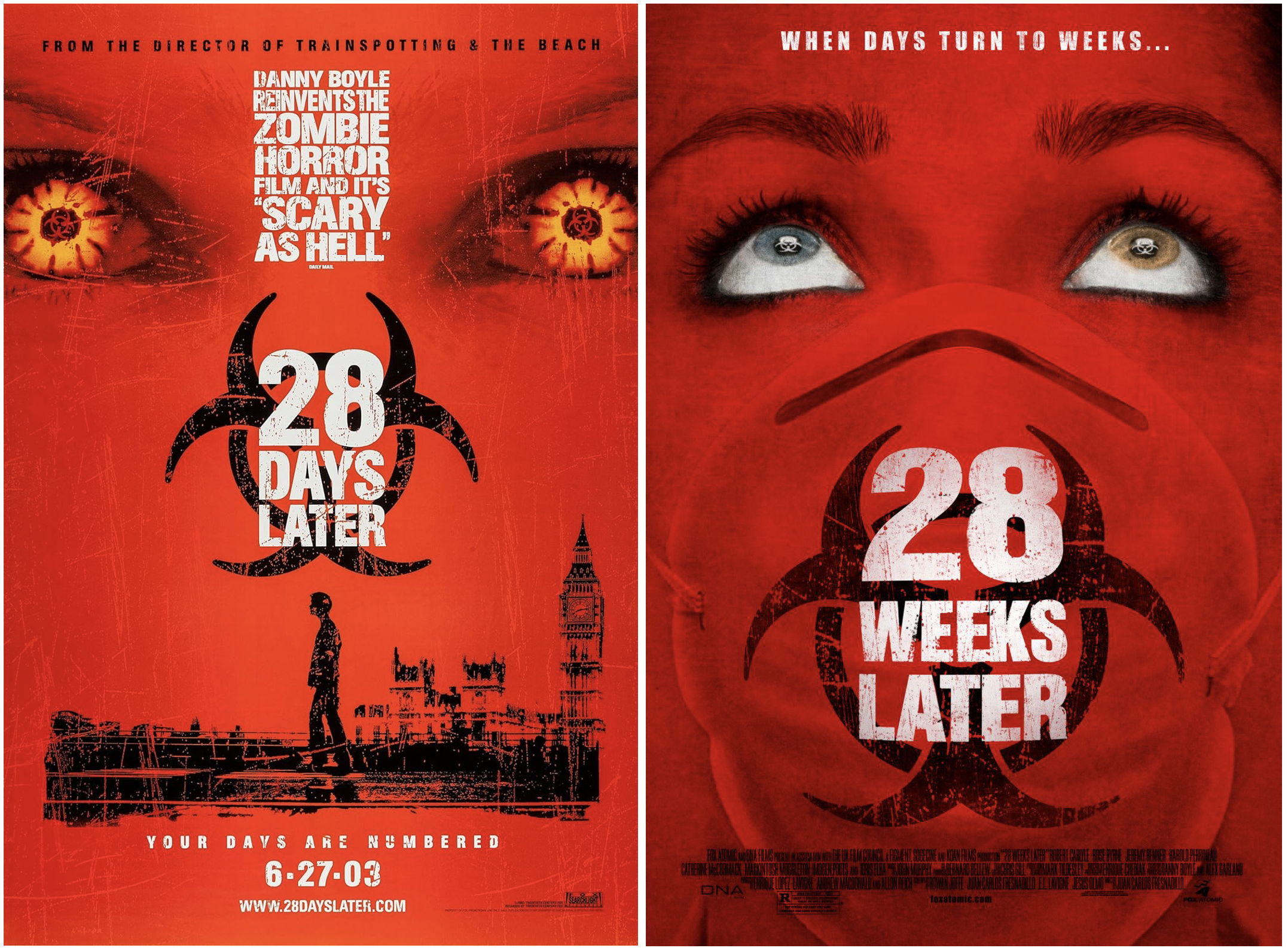28 Days Later (2002) vs. 28 Weeks Later (2007)
The first two in the ‘28’ trilogy predicted the future and made ‘zombies’ scary again. But the movies’ terrors are more subtle than you think
Having lived through 9/11, Brexit and Covid – while barely surviving the world’s current epidemic of algorithm-induced psychosis – watching 28 Days Later makes you wonder if someone travelled back in time to give Alex Garland a checklist to work from while he was writing the script.
Like Terry Gilliam’s Brazil (1984) and Peter Weir’s The Truman Show (1998), Danny Boyle’s 28 Days Later (2002) is one of those sci-fi movies that’s become genuinely – and regrettably – prophetic. These movies couldn’t be made today without feeling too on-the-nose. Lana and Lily Wachowski’s The Matrix (1999) still has a few prediction boxes left to tick, though I’m confident I’ll be locked inside a goop-filled AI-pod by the end of next year.
While a lot of modern science fiction seems content to state the bleedin’ obvious, 28 Days Later undertook the harder, riskier, more imaginative task of predicting a possible future. Director Danny Boyle (still riding high after Trainspotting, 1996) and writer Alex Garland (still hot from his backpacker bestseller The Beach, 1996) tuned their creative antennae into the anxieties of their day – terrorism, bio-weapons, refugee crises, impending war in Iraq, surveillance culture, recession – and came up with a nightmare vision that would have left Rod Serling in need of a straight Scotch…
